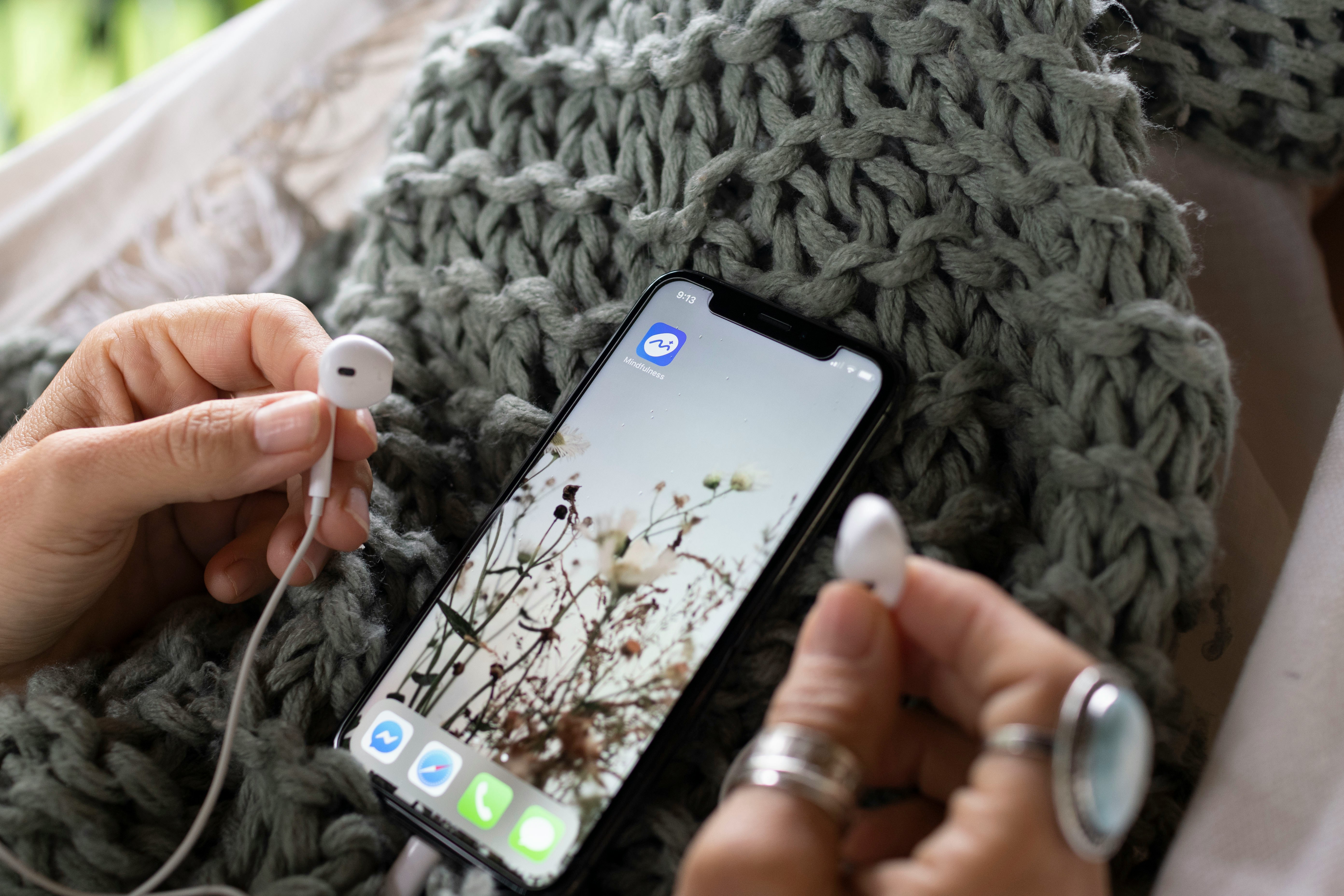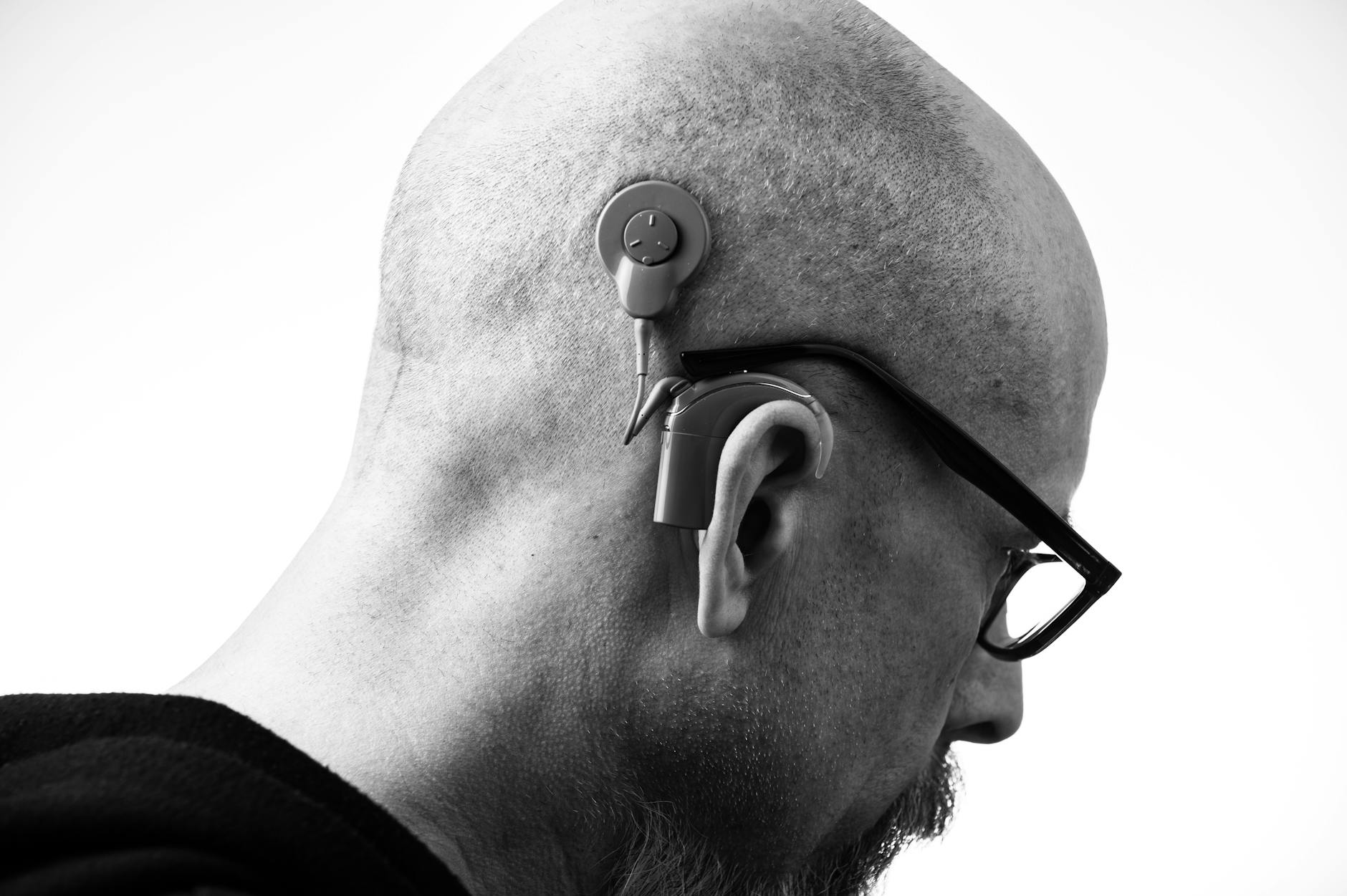Shopping for hearing help used to mean an all‑or‑nothing leap into prescription devices. Now, over‑the‑counter (OTC) self‑fitting hearing aids promise a new on‑ramp: you can measure your hearing with a phone, personalize the sound in minutes, and start hearing better the same day. Sounds magical. Is it? Let’s lift the hood and show you what the tech actually does, where it shines, and where an audiologist still makes all the difference.
OTC vs. Prescription: What “Self‑Fitting” Really Means
OTC hearing aids are designed for adults with perceived mild to moderate hearing difficulty. “Self‑fitting” means the device and its app can help you:
- Screen your hearing using tones or speech through the devices (in‑situ audiometry).
- Apply a recommended sound profile based on your results.
- Fine‑tune comfort and clarity (e.g., bass/treble, noise reduction, directionality) without a clinic visit.
Prescription devices go further: customized testing, real‑ear measurements, specialized programming for complex losses, and ongoing care. Think of OTC as a smart starter kit; prescription as a tailored suit.
The Building Blocks Inside Modern Self‑Fitting Aids
Even the tiny devices pack serious signal processing. Here’s the short course in plain English:
- Amplification (Gain) by Frequency: Your loss is usually worse at some pitches (often the highs). The aid adds more volume where you need it and less where you don’t.
- Compression: Soft sounds are lifted, loud sounds are kept comfortable. Multi‑channel compression treats different frequency bands independently so whispers and shouts fit into a safe, usable window.
- Feedback Cancellation: The whistle you hear when sound leaks back into the mic? The device creates an opposite signal in milliseconds to cancel it.
- Directional Microphones / Beamforming: Two mics work together to focus on what’s in front and soften noise behind and beside you—great for restaurants.
- Noise Reduction: Algorithms detect steady noise (fan, engine) and reduce it while preserving speech. It won’t silence a rowdy café, but it can take the edge off.
- In‑Situ Audiometry: The devices play test tones right in your ear to estimate your thresholds. That becomes the starting recipe for your sound.
- Wireless Connectivity: Bluetooth for calls, media, and app control; some models support modern broadcast standards in public spaces as they roll out.
How Self‑Fitting Works, Step by Step
1) Unbox and Check the Fit
Comfort and seal matter. Try the included eartip sizes. A snug tip improves clarity and bass, reduces feedback, and makes noise reduction more effective. If one ear canal feels different than the other, that’s normal—use different sizes if needed.
2) Quiet Room, Fresh Batteries
Do your first setup in a quiet space. Fully charge the aids. If your phone prompts for permissions (Bluetooth, microphone), say yes—otherwise the test and adjustments won’t work.
3) Run the App’s Hearing Check (In‑Situ)
You’ll hear beeps from low to high pitches. Tap when you “just” hear them. Take your time; guessing leads to too much or too little amplification. If you’re unsure, repeat the test. Many apps let you test each ear separately—which is ideal.
4) Choose the Starting Profile
Based on your results, the app applies a gain prescription. Some offer presets (e.g., “clarity,” “balanced”). Start with the recommended setting; you can tweak later.
5) Fine‑Tune for Real Life
Use the app’s controls over a few days in your real environments:
- Equalizer: If voices sound dull, add a touch of high‑frequency. If harsh, lower highs slightly.
- Noise Reduction: Raise it for steady noise; reduce it if speech sounds watery.
- Directionality: Set a forward focus in noisy restaurants; switch to a wider pattern for groups.
- Feedback control: If you get whistling, try a larger tip and re‑run feedback calibration in the app.
What Self‑Fitting Tech Does Well
- Speeds up access: You can start hearing better today, especially for TV, small groups, and phone calls.
- Good for straightforward losses: Gentle sloping high‑frequency losses often respond nicely.
- Lower cost, lower risk: Many brands have trial periods; you can iterate without a big commitment.
- Natural on‑ramp: Lets you learn what you like before investing in fully customized care.
Where It Can Struggle (and Why)
- Accuracy of the test: In‑situ checks are convenient but can be thrown off by background noise, poor seal, or user tapping too soon/late.
- Verification: Without clinical real‑ear measurement (a tiny mic in your ear canal), you can’t confirm the sound reaching your eardrum matches targets—this is where audiologists shine.
- Complex hearing profiles: Asymmetry between ears, steep losses, or word recognition issues may need prescription programming and counseling.
- Ear canal acoustics: Unique canal shapes can alter sound; pro fitting accounts for this.
- Expectations in noise: No hearing aid separates every voice from every noise. Strategy + tech beats tech alone.
Smart Tuning: Quick Wins Most People Miss
- Tip fit is everything: If voices are thin or tinny, try a larger or double‑flange tip for a better seal. If your own voice booms (occlusion), try a vented tip or slightly smaller size.
- Use Program Buttons: Create a “restaurant” program with stronger directionality and moderate noise reduction; a “home” program with wider focus; and a “music” program with less processing for richer sound.
- Handle sudden loudness: If plates clattering feel too sharp, reduce high‑frequency gain a tick and increase the attack time of compression if the app allows it. Otherwise, reduce overall loudness lightly.
- Stream strategically: For TV, place your phone near the TV speaker and use the app’s “streaming” profile or consider a TV accessory if offered.
Safety First: Red Flags That Need Professional Ears
Self‑fitting is great for convenience, not for ruling out medical issues. Pause and consult an audiologist or ENT if you have:
- Sudden hearing change or one ear much worse than the other.
- Ear pain, drainage, or a feeling of fullness that won’t resolve.
- Persistent vertigo, severe tinnitus, or a history of ear surgery.
These signs deserve a medical evaluation, regardless of your device.
When an Audiologist Supercharges OTC
Think of a pro not as competition, but as your co‑pilot. Many audiologists now offer “unbundled” services for OTC owners:
- Independent hearing testing and counseling.
- Tip selection and comfort adjustments.
- Real‑ear measurement (if your device allows) to verify the sound at your eardrum.
- Communication coaching for tough listening situations.
If you’re not satisfied after two weeks of careful self‑tuning, bring your devices to a local hearing clinic for a sanity check.
OTC vs. Earbuds with “Hear‑Through” or “Conversation Boost”
Some premium earbuds now offer amplification and speech‑enhancing modes. Handy? Yes, especially for short bouts in noise. But earbuds are not regulated hearing aids. Differences:
- OTC devices follow performance standards and are designed for all‑day wear, feedback control, and safe maximum outputs.
- Earbuds prioritize music and calls; their amplification features are often less precise and may lack essential safety controls.
Short term: earbuds can help situationally. Long term: for consistent daily use, consider true OTC or prescription hearing aids.
Realistic Expectations: What “Better” Sounds Like
Great amplification doesn’t make noisy places quiet; it improves the ratio of speech to noise and restores missing speech details. Most users report:
- Easier TV and one‑on‑one conversations.
- Less need to ask for repeats in moderate noise.
- More natural environmental sounds (birds, consonants, turn signals) returning.
Give your brain a couple of weeks to adapt. Wear your devices at least 6–8 hours daily during the trial period to let your auditory system recalibrate.
Fast Start Checklist
- Pick a quiet room; charge devices fully.
- Find the best eartip for each ear—snug but comfortable.
- Run the in‑situ test twice; take the average if results differ.
- Start with the recommended profile; resist the urge to over‑tweak.
- Create a restaurant program with stronger directionality.
- Log 30 minutes of reading aloud to adjust to your own voice; tweak venting if boomy.
- Wear them daily for two weeks; note what situations still frustrate you.
- If struggles persist, book an appointment with an audiologist for verification and coaching.
Troubleshooting Quick Guide
- Whistling/feedback: Larger tip, deeper insertion, rerun feedback manager, lower high‑frequency gain slightly.
- Words still blurry: Increase high‑frequency gain a notch; enable speech focus; ensure proper seal; consider professional real‑ear verification.
- Own voice too loud (occlusion): Try a vented tip, reduce low‑frequency amplification a bit, or consult for a custom earmold.
- App not connecting: Toggle Bluetooth, restart devices, ensure firmware/app updates are installed.
- Battery life weak: Lower streaming volume, disable always‑on features you don’t use, confirm you’re fully charging the case and aids.
The Bottom Line
Self‑fitting OTC hearing aids are a breakthrough for access. The tech is real: in‑situ testing, smart amplification, and solid noise tools can deliver meaningful everyday improvements—especially if your hearing difficulty is mild to moderate. Your best bet is a hybrid approach: start at home, be patient while you acclimate, and loop in an audiologist if the results aren’t where you want them. The goal isn’t just louder sound; it’s easier conversations and less effort. That’s absolutely within reach.
FAQ
How do I know if my hearing is “mild to moderate” for OTC?
If you mainly struggle with clarity (especially consonants) and turn the TV up higher than others, but still follow conversations in quiet, you may be in the mild‑to‑moderate range. The only way to know for sure is a hearing test. If possible, get a baseline audiogram with an audiologist.
Can self‑fitting hearing aids harm my hearing?
OTC devices are designed with output limits and feedback controls. Still, avoid cranking volume to discomfort. If sounds are consistently too loud or distorted, step down the gain and seek professional guidance.
What if one ear seems much worse than the other?
Asymmetry can signal a medical issue. Pause self‑fitting and book an appointment with an audiologist or ENT to rule out underlying causes before continuing.
How long should I try OTC before deciding it’s not enough?
Give yourself 14–30 days of daily wear with thoughtful adjustments. If speech is still unclear—especially in quiet—bring your devices to an audiologist for verification. You may need different settings, custom earmolds, or prescription‑level technology.
Further Reading
- OTC Hearing Aids, Done Right: Self‑Fit, Save, and Know When to Get Help (Hearing Aids) - Your Phone, a Super Mic: Cleaner Conversations with Remote Microphone Mode (Technology) - Music, Not Mush: Tuning Hearing Aids So Songs and Instruments Sound Right (Hearing Aids) - Your Hearing Aids, Verified: Real-Ear Measurements That Make Voices Clear (Hearing Aids)Frequently Asked Questions
Do OTC self‑fitting hearing aids work for tinnitus?
Amplification can reduce the contrast between tinnitus and the world around you, which many people find soothing. Some OTC models include sound therapy options. If tinnitus is intrusive or new, consult an audiologist to explore comprehensive management.
Will OTC hearing aids help in very noisy restaurants?
They can help, especially with directional focus and moderate noise reduction, but no device perfectly separates one voice from many. Positioning, choosing quieter seating, and using conversation strategies still matter.
Can I use earbuds with conversation boost instead of OTC hearing aids?
Earbuds can help in short bursts and are convenient, but they aren’t medical devices and may not provide consistent, safe, or personalized amplification. For daily use and speech clarity, OTC or prescription hearing aids are preferable.


